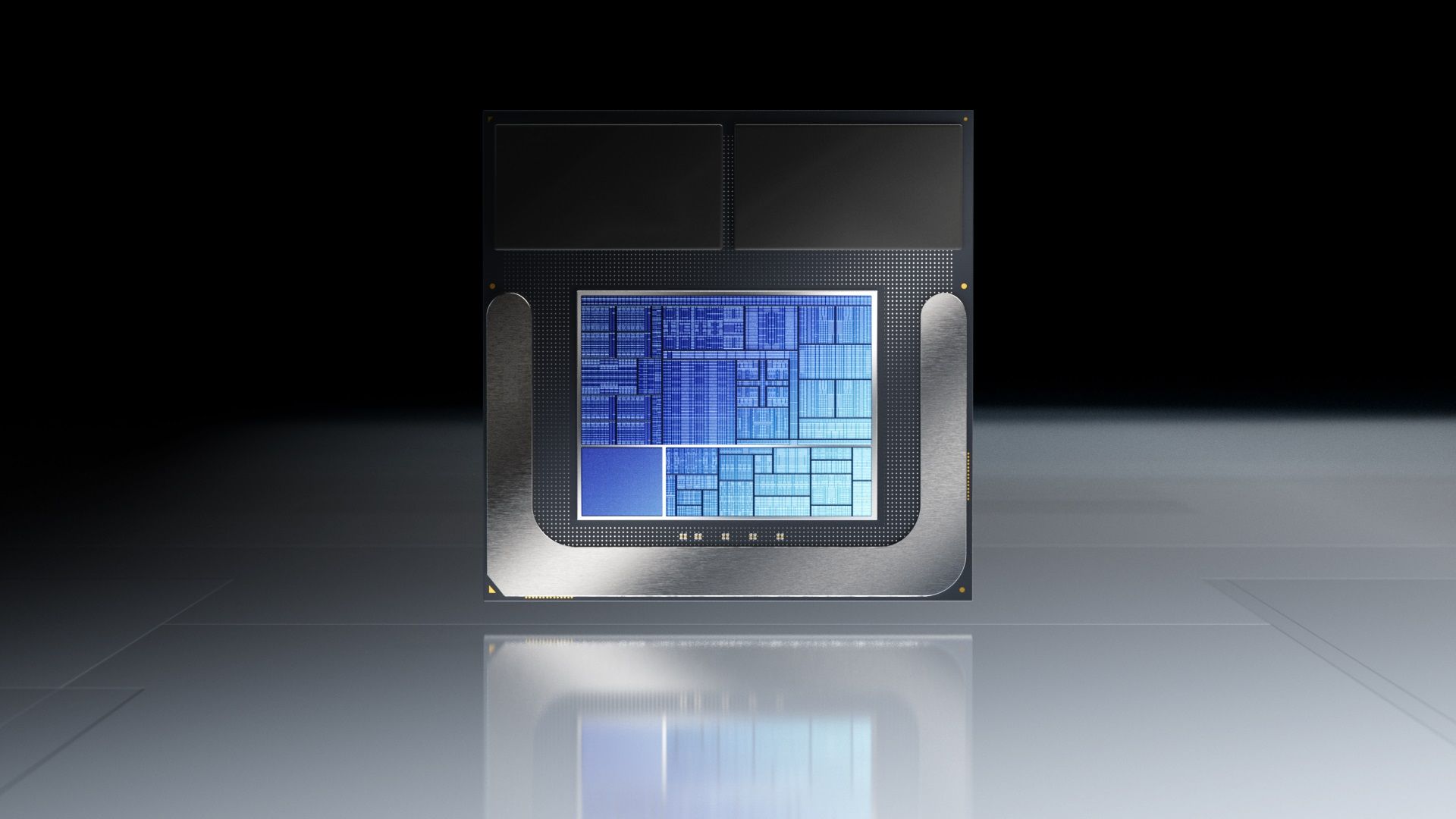Quick Links
Intel’s Lunar Lake processors have stirred excitement with promises of great efficiency and performance for thin-and-light laptops. However, there’s a limitation that is a major turnoff for many users: these laptops max out at 32GB of RAM. Let’s break down why this limitation exists and why it matters.
Why Are Intel’s Lunar Lake Laptops Limited to 32GB Memory?
The 32GB RAM cap on Lunar Lake laptops is directly tied to Intel’s design choices. Instead of traditional upgradeable memory slots, Intel has directly embedded the RAM into the system-on-chip (SoC). The integration of RAM within the SoC reduces the processor’s power consumption and lowers its thermals. Although this makes the LPDDR5X memory faster and even more efficient when compared to more traditional designs, it also physically limits the maximum amount of RAM they can embed within the SoC.
Intel claims that Lunar Lake delivers up to 20 hours of battery life due to these optimizations. However, this move leaves no flexibility for users who might need more than 32GB in the future. Furthermore, other limitations come with using SoC-embedded memory in x86 processors. These are:
- No Upgradability: Unlike traditional laptops, which allow you to add more RAM as needed, this device only has the RAM configured for it. This becomes a problem if your needs grow over time.
- It’s Still an x86 Processor: Apple’s Unified Memory architecture makes its ARM processors significantly more power efficient. However, Intel’s version of this design doesn’t scale as well since it’s still an x86 processor running on CISC and not RISC like a Mac. This makes the trade-off between power efficiency and performance less appetizing than Apple’s solution.
- Power Users Excluded: High-end users, such as video editors, AAA gamers, DevOps, and 3D designers, often require more RAM. Even with the fast LPDDR5X memory, the 32GB cap restricts performance when handling large datasets or multitasking with memory-hungry applications.
Additionally, Lunar Lake processors have disabled hyperthreading, further limiting the overall capacity of the processor.
Why 32GB RAM Is a Major Deal-Breaker
Many people are interested in buying these new and upcoming AI CPUs to future-proof their setup. However, Intel’s upcoming Lunar Lake CPUs are not upgradable and provide no option for higher memory configurations above 32GB. Although 32GB is perfectly fine for our current standards, as a person who runs multiple virtual machines and likes to try quantized LLMs on my laptop, it does make it harder for me to view Lunar Lake laptops as something I would buy and feel confident that I wouldn’t have to upgrade for the next few years.
What makes this a major deal-breaker for meis that Intel didn’t have to follow something like Apple’s Unified Memory architecture. The change to TSMC’s N3B process node, disabling hyperthreading on both Intel’s P and E cores, and integrating a newer and more power-efficient GPU and NPU would have been enough to deliver substantial power efficiency improvements without compromising RAM capacity.
Laptop users who invest in premium devices want them to last years. With trends in software development pushing for more resource-heavy applications, having the option for higher RAM ensures that your machine can handle future software updates and continue performing optimally. Being capped at 32GB puts Lunar Lake laptops at a disadvantage compared to systems like AMD’s upcoming Strix Point processors that can expand to 64GB or more.
Intel’s decision to cap Lunar Lake laptops at 32GB of RAM reflects its focus on making these machines more power-efficient. For general consumers or office workers, this might not be a problem. However, for power users, developers, gamers, and content creators, this limit is something many cannot overlook.



